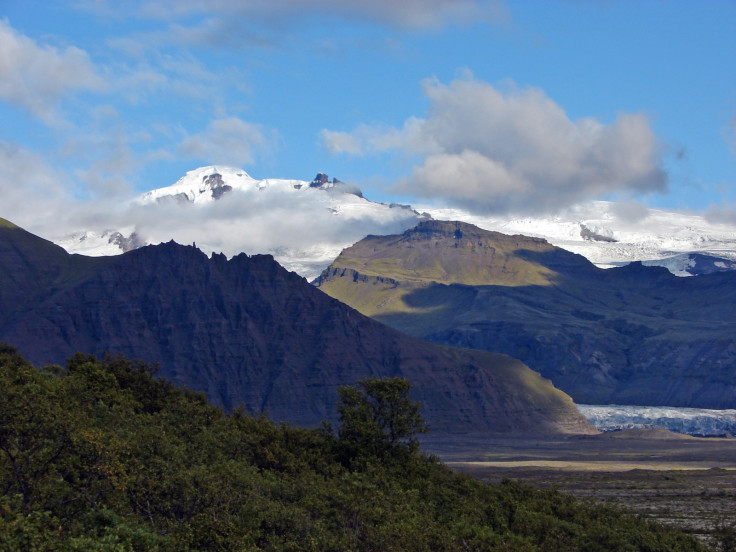Fragment of Jan Mayen Microcontinent discovered beneath Iceland points to 'lost continents'

A fragment of the Jan Mayen Microcontinent is believed to have been discovered under Iceland, rewriting the opening of the North Atlantic 55 million years ago.
Researchers from the University of Oslo were studying the chemical components of volcanic rocks from south east Iceland – an area long known for having a unique enriched-mantle component. In particular, the team looked at the rocks at the Öræfajökull volcano.
"It has been known for more than 20 years, particularly in the south east of Iceland, that they had this funny geochemistry," Trond H. Torsvik, director of the university's Centre for Earth Evolution and Dynamics, told IBTimes UK.
"Originally people thought there could be some input from continental rocks – that it was subducted into the mantle and kind of circulating, then it was brought up by this big plume. We are simply saying this is not correct. Instead, there is a piece of continental crust there. This plume on the way up is tapping this crust and contaminating the lava."
Published in the Proceedings of the National Academy of Sciences, the researchers say that parts of the Jan Mayen Microcontinent (JMM) – which detached from Greenland 50 million years ago – could be beneath the area.
They say the continental crust beneath this part of Iceland is part of a 350km-long and 70km-wide section of the JMM.
The JMM detached from East Greenland in the Early Eocene period and after 27 million years had become a permanent part of the Eurasian plate "following a westward ridge jump in the direction of the Iceland plume", the authors wrote.
"We argue that the plume split off a sliver of continent from Greenland in the Early Eocene. This sliver is now located beneath south-east Iceland where it locally contaminates some of the plume-derived magmas."
Torsvik said the findings could have implications for countries defining their territorial waters, as well as looking for petroleum resources: "If you actually say that part of this ocean could be continental crust then you have much more favourable conditions for accumulating petroleum resources. That could be economically interesting factor."
However, he said the study shows that the break-up of the continents millions of years ago was more complicated than once thought – and that there are likely many other "lost continents" waiting to be found.
"What we are saying is that there are probably a lot of these lost continents or fragments in the ocean – it's a little more complicated than just continents moving apart," he said. "There are probably a lot of these continental fragments. It's important when we make our plate tectonic reconstructions and how we deal with them.
"Normally we think about Norway and Greenland being together 55 million years ago and then it just nicely broke up. But what we are saying is that Greenland probably was fringed by a number of these little continental fragments, which was jumping around during the break-up, so it is quite a major rewrite of the opening of the North Atlantic."
© Copyright IBTimes 2025. All rights reserved.






















